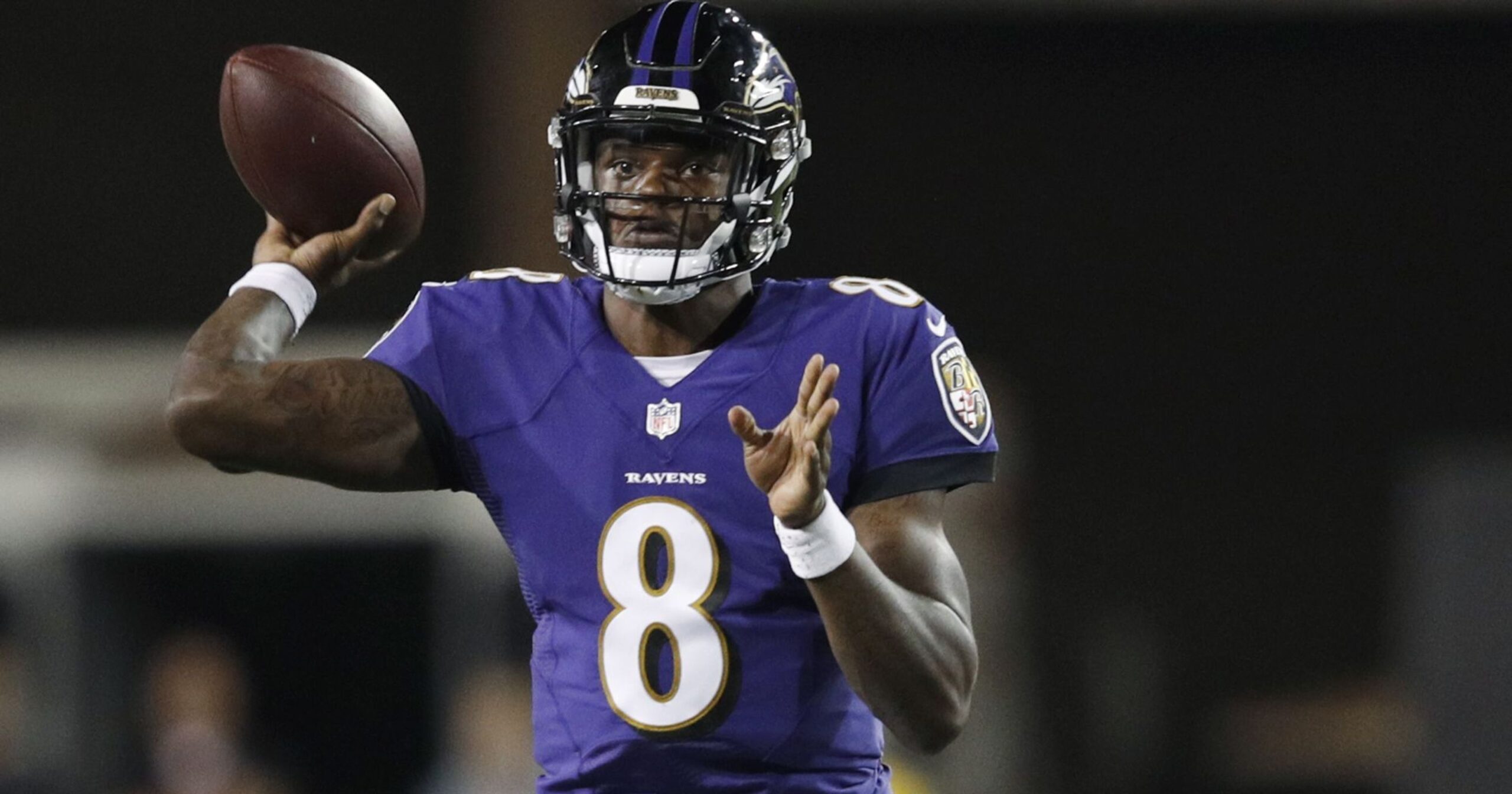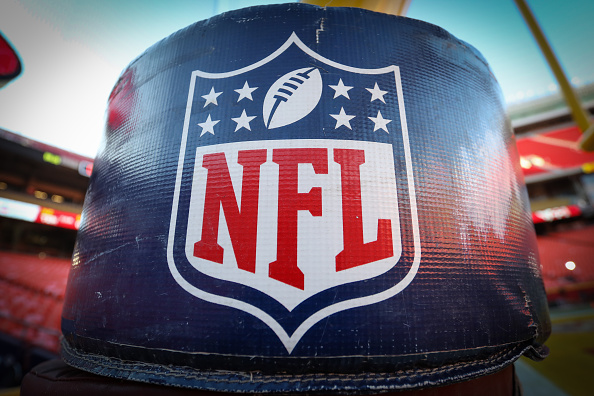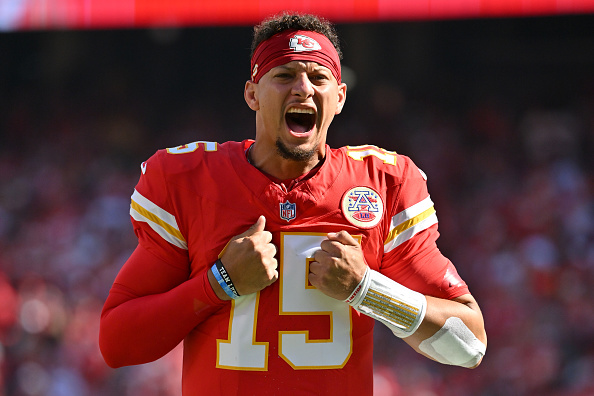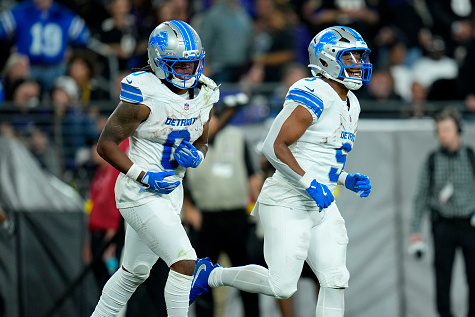Any time an article is written criticizing a player who ultimately is an all-around good person and/or fun to root for, there has to be a preface to it. Similar to LeBron James, Tom Brady and Aaron Rodgers, it’s tough to point out a flaw in Lamar Jackson’s game without someone quick to say you are “hating”.
The truth is, I like Jackson as a competitor. His toughness, will to win, and the chip on his shoulder attitude make him someone who is easy to root for. In only his second year, he seems much more poised to lead a team than the likes of the other quarterbacks (Sam Darnold, Baker Mayfield, Josh Allen) taken before him. However, being flashy and competitive does not always translate into success in the modern NFL.
It starts with a history lesson. The new “passing era” really took off after the 2007 season, in which the league saw the New England Patriots go 16-0 with virtually all of their main weapons coming from the passing game. A lethal passing attack with an average running game (except for late in garbage time) made offensive coordinators rethink their game plans for years to come.
Since that season, passing numbers of NFL teams have exploded and running games have become less effective for the majority of teams. While the NFL does have exceptions, passing is the way to win in the modern era.
Another trend in the NFL (although much less successful) has been the emergence of the dual-threat quarterback. Back before the 2000s, finding a quarterback who had serious mobility was somewhat rare. In today’s game, it is becoming increasingly common. For the purpose of the argument, these 2009-2019 first or second-round dual-threat quarterbacks have been divided into three categories. Bust, average, or elite.
Bust:
- EJ Manuel
- Tim Tebow
- Paxton Lynch
- Johnny Manziel
- DeShone Kizer
- Geno Smith
- Pat White
Average:
- Marcus Mariota
- Josh Allen
- Mitch Trubisky
- Teddy Bridgewater
- Robert Griffin III
- Colin Kaepernick
Elite:
- Cam Newton
- Deshaun Watson
The purpose of this list? Dual threats, for the most part, do not work. For one reason or another, the dual-threat quarterback does not translate well into the NFL. Tebow, Manziel, and Griffin III were Heisman winners. They were the best college football players in the country, and they didn’t pan out.
The players on the list didn’t pan out for a number of reasons. An infatuation with highlight plays could certainly be the main reason. Another is simply because they are more likely to get hurt. Running the ball 10-15 times per game drastically increases the chances of getting hurt. Griffin III may have been one of the most gifted passers on the lift, but injuries cost him his career.
We are now seeing a 30-year-old Cam Newton fall off a cliff as if he gets older. Bridgewater missed two seasons recovering from tears in his knee. The list goes on.
Listed at just over 200 pounds, it’s a fair question to ask if what Lamar Jackson is doing is sustainable. Jackson has carried the ball at least seven times except for the first game of the season. He has reached double-digit carries in over half of his games played, with a career-high of 19 rushes in an early October game against Cincinnati. Most NFL teams shouldn’t expect a running back to stay healthy with that many carries, never mind a quarterback.
Health has to be a concern for the Ravens when it comes to Jackson. The best advice would be to try and limit it before it is too late.
Although it’s a big one, health isn’t the only concern with Lamar Jackson. By history books, his playstyle also has to be a concern. Jackson already has 700 rushing yards this season. No quarterback has been able to rush for 600 or more and win a Super Bowl in the modern ERA.
During the 2003 season, Michael Vick had what was thought of as one of the best seasons in history for a quarterback. It earned him the 2004 Madden Cover and racked up more ESPN Highlight plays than most players have in a season. The result? A 27-10 loss in the Conference Championship. The one thing that everyone on that list has in common over anything else? None of them are Super Bowl champions. Colin Kaepernick and Cam Newton have come close, but none have been able to win the big game.
Here is another list. This list is made up of quarterbacks who have won the Super Bowl since 2000.
- Tom Brady
- Nick Foles
- Peyton Manning
- Russell Wilson
- Joe Flacco
- Eli Manning
- Drew Brees
- Aaron Rodgers
- Ben Roethlisberger
- Brad Johnson
- Trent Dilfer
Another thing they all have in common? Pocket passers. The only argument on the list would be Russell Wilson, who by many scouts would be considered a pocket passer who uses his legs to escape pressure. His 23 TD/2 INT ratio this season should put the “running quarterback” argument to rest.
In today’s NFL, quarterbacks need to be able to stand in the pocket and throw the football without using a pistol-centered, college-style offense. While Jackson’s stats this season look good, the truth is without the college-style offense he is not the same player. Forcing Jackson to stand in the pocket and throw has slowed him down this season.
If one is to believe Lamar Jackson can win a Super Bowl this season, you must believe one of two things. He is capable of doing something no one in the history of the league has done, or can stand in the pocket and beat a team through the air with precision passing. As it stands now, both seem unlikely.







